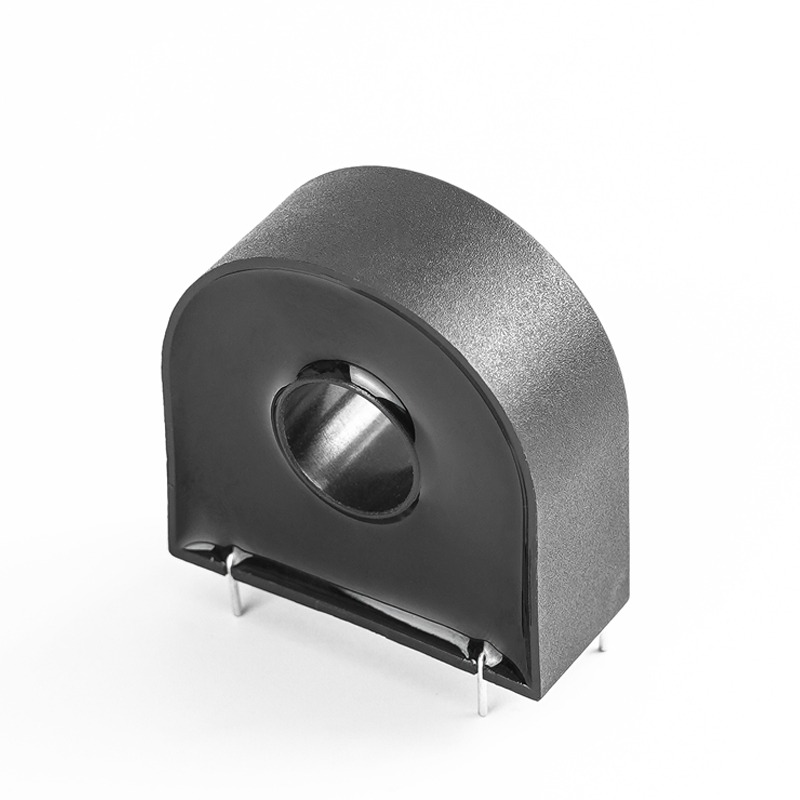
In power systems, primary circuits operate at high voltages and carry large currents, with wide-ranging rated parameters. Due to the high energy levels involved, measuring instruments and protective devices cannot be directly connected to these circuits. To ensure safe and accurate monitoring, current and voltage transformers are used to isolate and step down the current and voltage to measurable levels, enabling effective control and protection of the system.
At Shenzhen Kunyo, we offer custom current sense transformers (CTs) tailored to your project requirements. Our products are competitively priced, and we support small-batch customization for specialized applications.
A current transformer (CT) is an electrical device that measures high currents by utilizing the principle of electromagnetic induction. It proportionally steps down large primary currents to lower secondary currents that are compatible with measurement instruments and protective devices. The primary purpose of a CT is to convert high currents into standardized lower currents—typically 5A or 10A—enabling consistent and safe operation of measuring equipment, protection relays, and automatic control systems.
A current transformer (CT) is an electrical device that employs electromagnetic induction to proportionally step down high primary currents to lower secondary currents, enabling accurate measurement and protection in electrical systems.
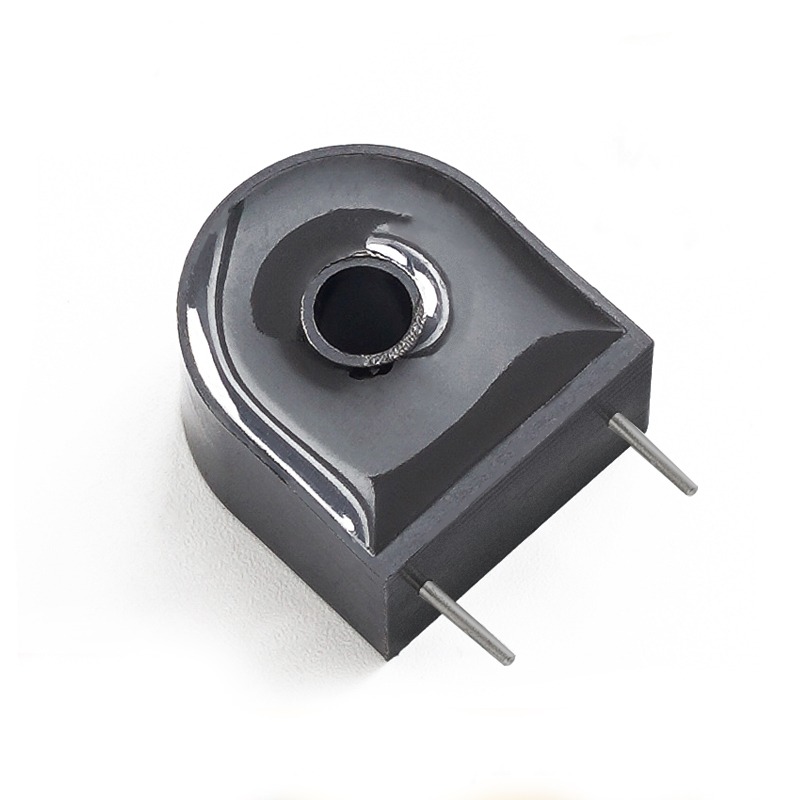
The primary function of a current transformer is to convert high currents into standardized lower currents—typically 5A or 1A—facilitating the standardization and downsizing of measuring instruments, protective devices, and automatic control equipment. This conversion enables the use of lighter, more compact instruments at reduced costs, making them ideal for panel installations. Additionally, it allows for the use of cables with smaller cross-sections for long-distance current measurement. For instance, a current transformer with a ratio of 400/5 converts a primary current of 400A into a manageable 5A secondary current.
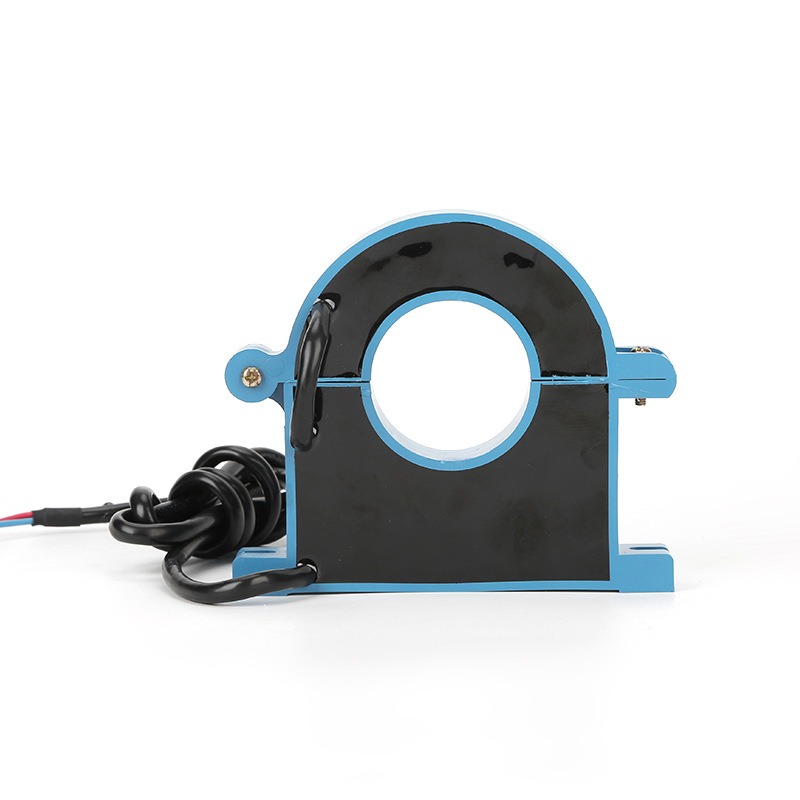
Current sense transformers offer electrical isolation between the high-voltage primary circuit and secondary equipment, ensuring personnel safety. Typically, the secondary side is grounded to prevent high-voltage risks to secondary devices in the event of insulation failure between the primary and secondary windings.
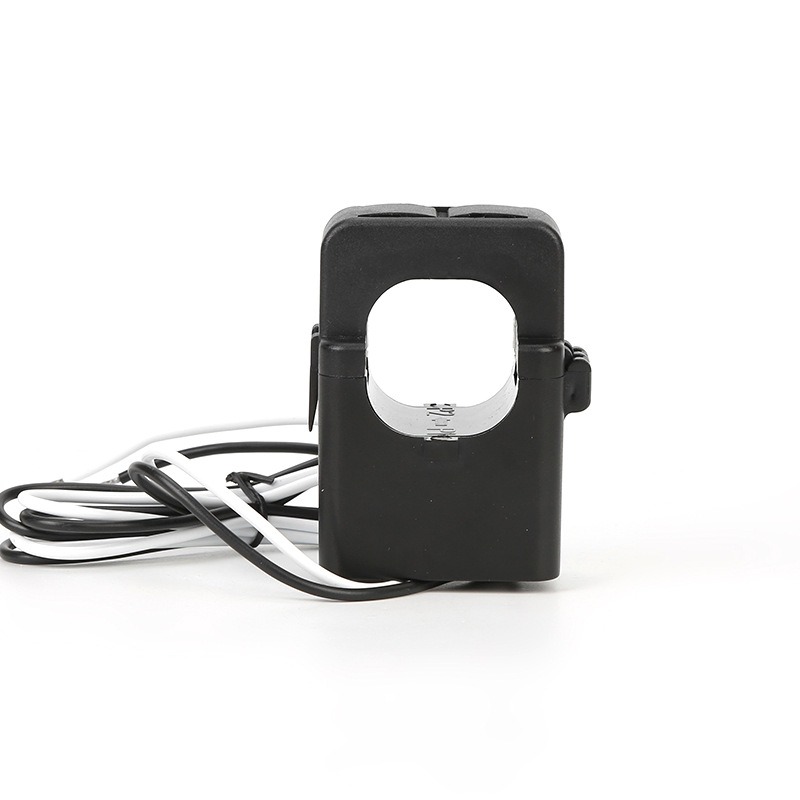
With the rapid advancement of smart grids, integrating current transformers with digital communication technologies enables remote transmission and real-time monitoring of current data. The data collected by current sense transformers can be transmitted to monitoring centers or cloud platforms, allowing power operators to track system status, perform load forecasting, predict faults, and optimize power dispatching.
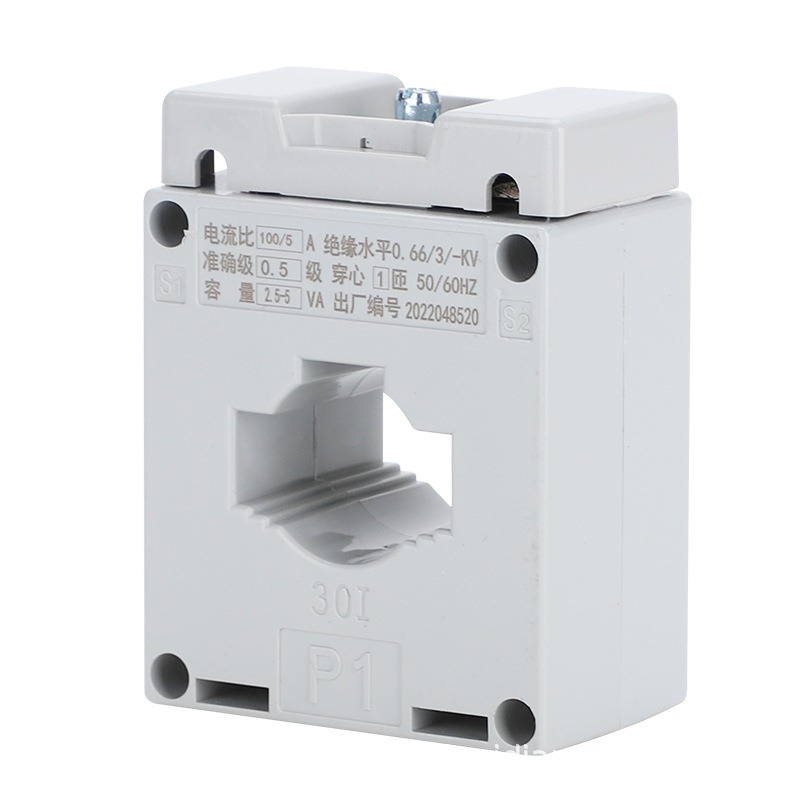
Current sense transformers enhance the economic efficiency and reliability of power system operations. By providing precise current measurements, they help minimize line losses and boost power transmission efficiency. In protection systems, their use enables prompt detection and isolation of faults, reducing outage duration and extent, thereby improving overall power supply reliability.
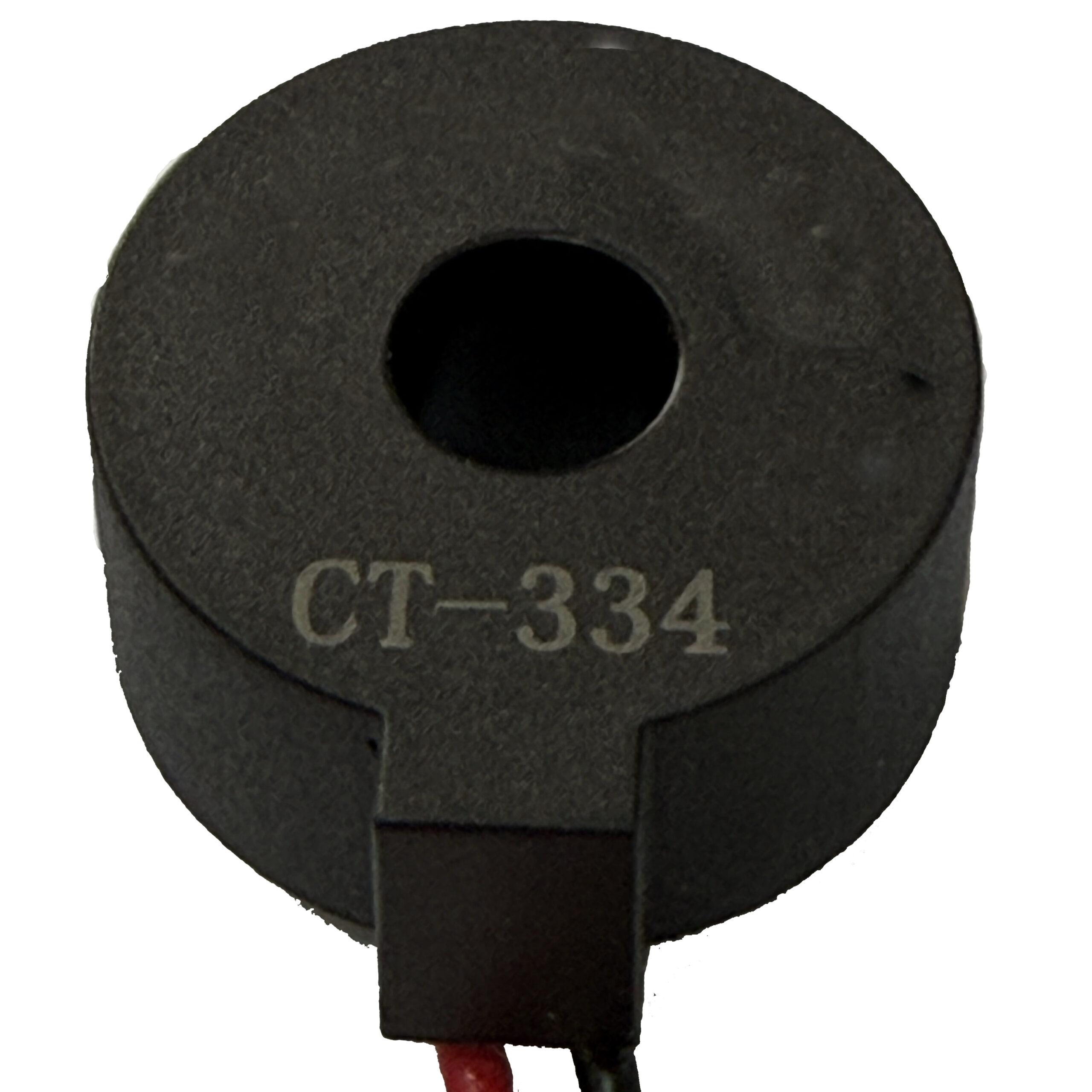
Primary Current: The primary winding, consisting of relatively few turns, is connected in series with the circuit carrying the current to be measured. The current through this winding is dictated entirely by the load current of the measured circuit and is independent of the current in the secondary winding.
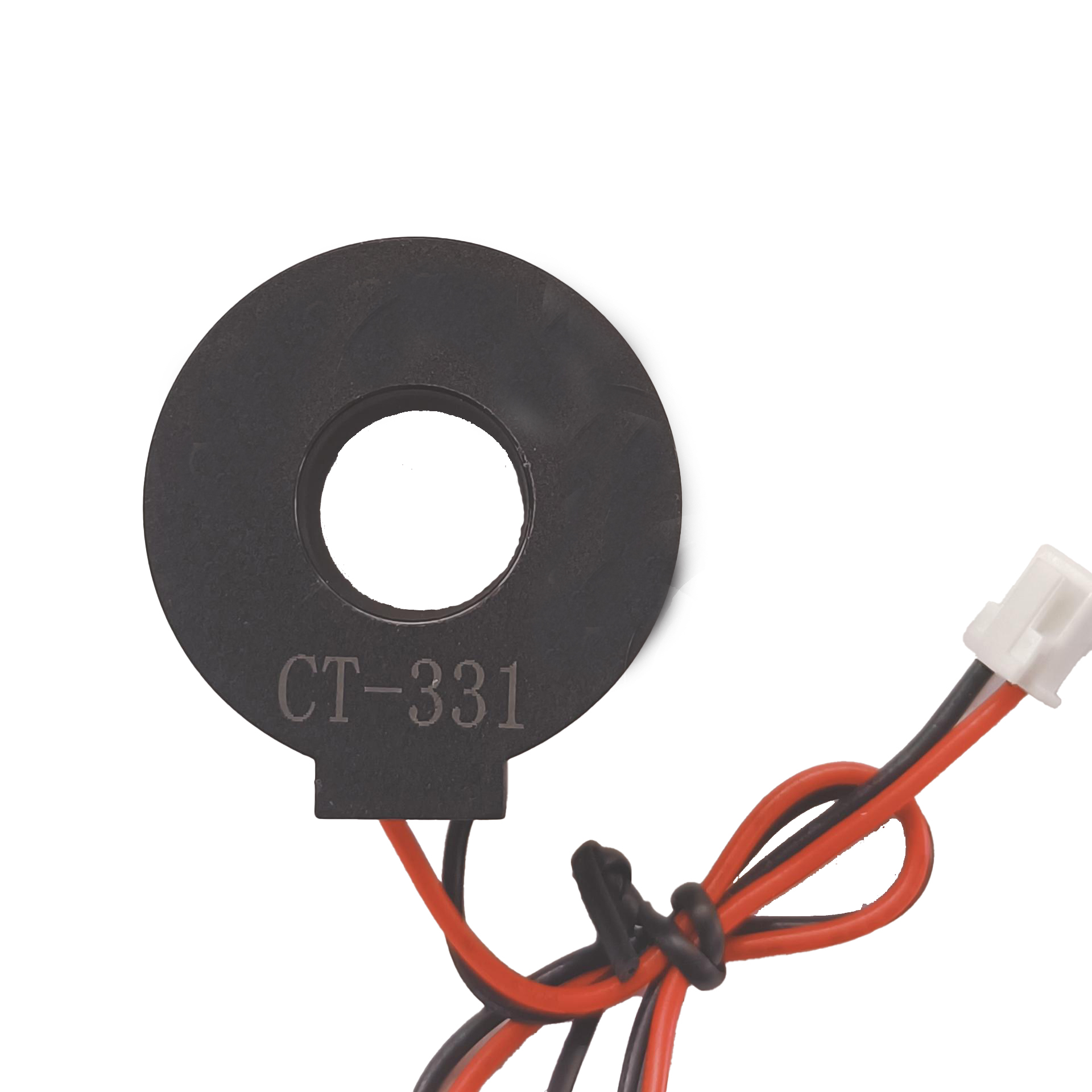
The secondary winding has a greater number of turns—often several times more than the primary winding. The current in the secondary winding is proportional to the primary current, scaled according to the turns ratio between the two windings.
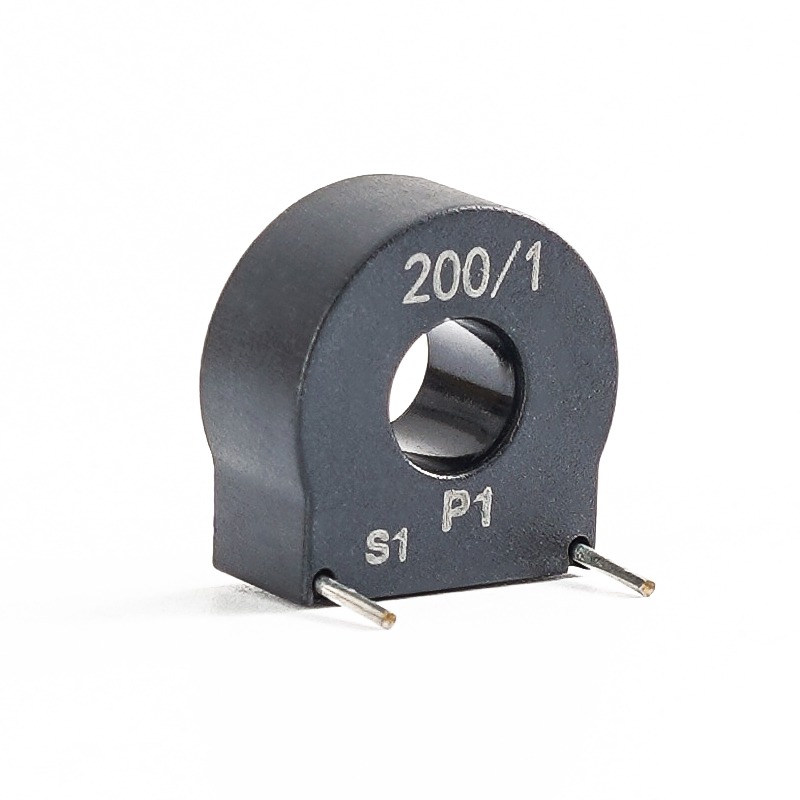
The secondary circuit of a current transformer is connected to the current coils of measuring instruments and protective relays, which typically present low impedance. Consequently, under normal operating conditions, the secondary winding operates nearly as a short circuit. This behavior distinguishes current transformers from conventional power transformers.
The operation of a current sense transformer (CT) is based on the principle of electromagnetic induction. It consists of a closed iron core with primary and secondary windings. The primary winding has very few turns and is connected in series with the circuit whose current is to be measured, typically carrying the full circuit current. The secondary winding has many more turns and is connected to measuring instruments and protective devices. During operation, the CT’s secondary circuit remains closed, and because the connected devices have low impedance, the CT functions under conditions close to a short circuit.
Established in 2013, Shenzhen Kunyo Technology is committed to designing and manufacturing custom magnetic components, including high-frequency transformers, low-frequency transformers, audio transformers, power transformers, and inductors.
Contact us right now to get more information, we will have people reply within 12 hours.
You can get a price of this model or send us any question to get any information you would like to know, we will reply to you soonest.